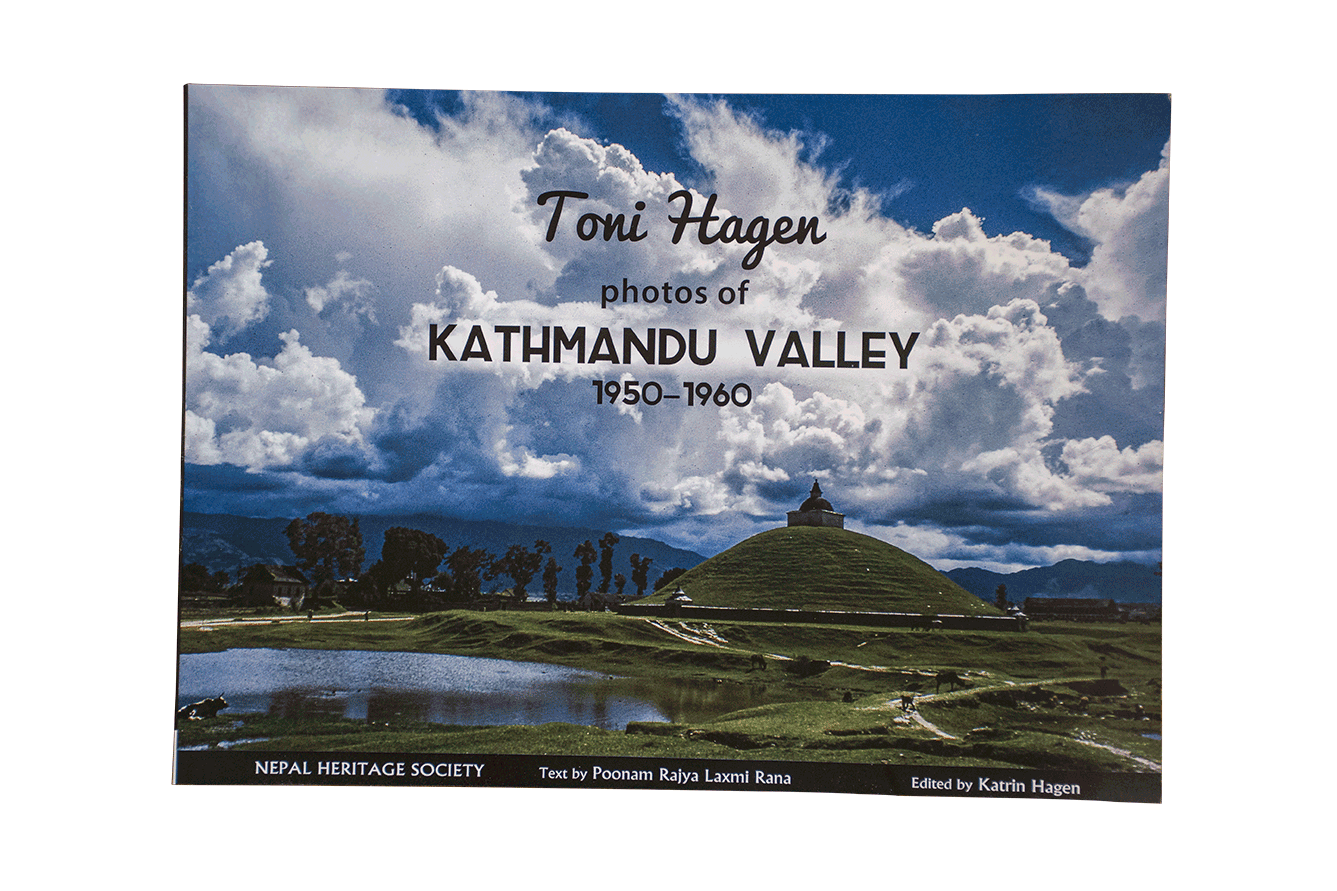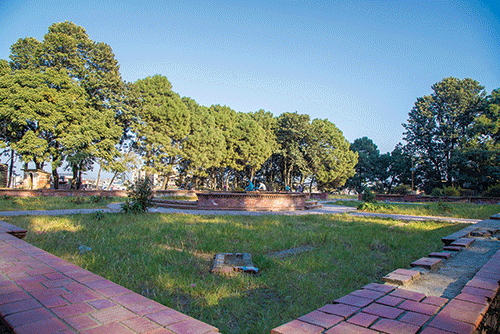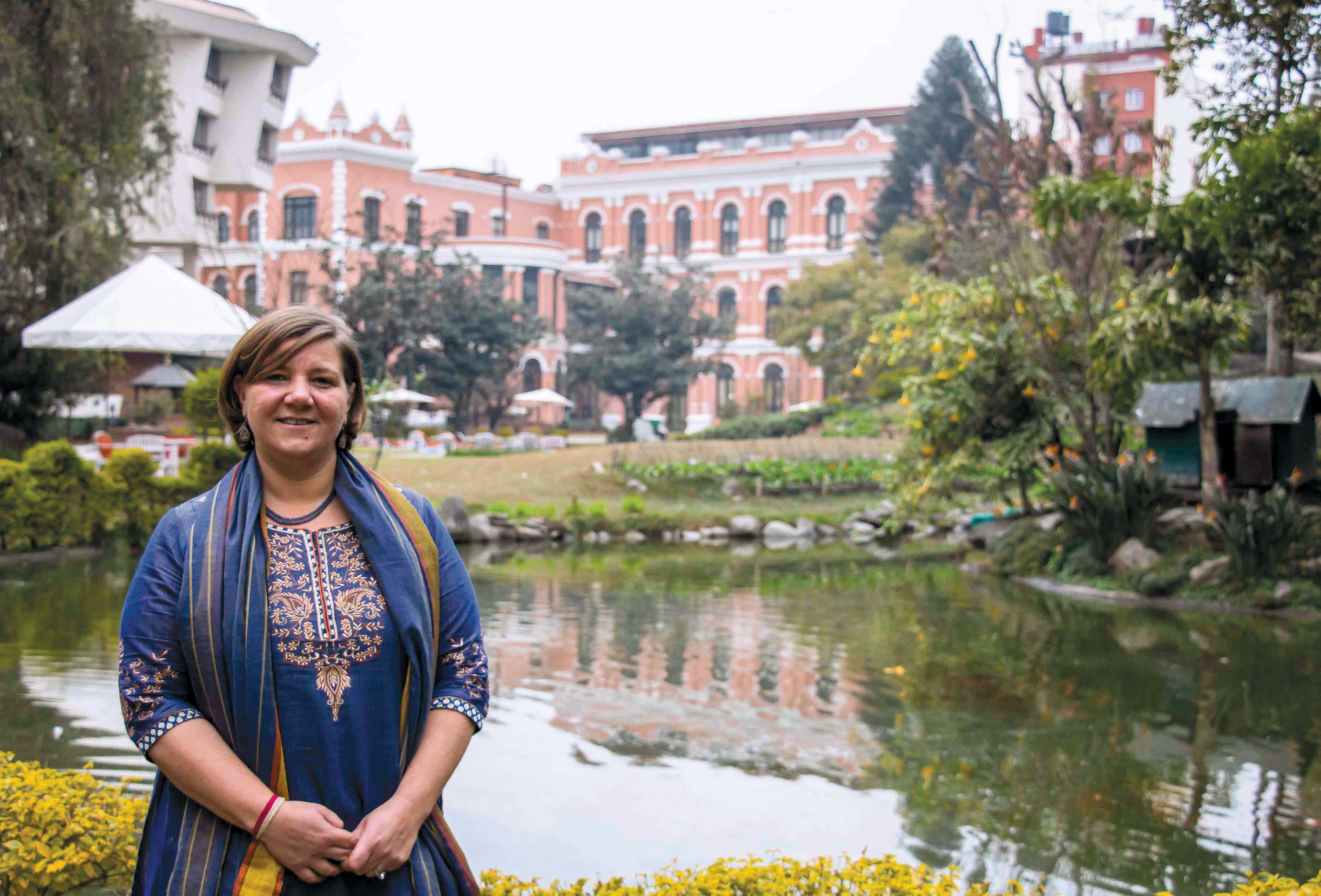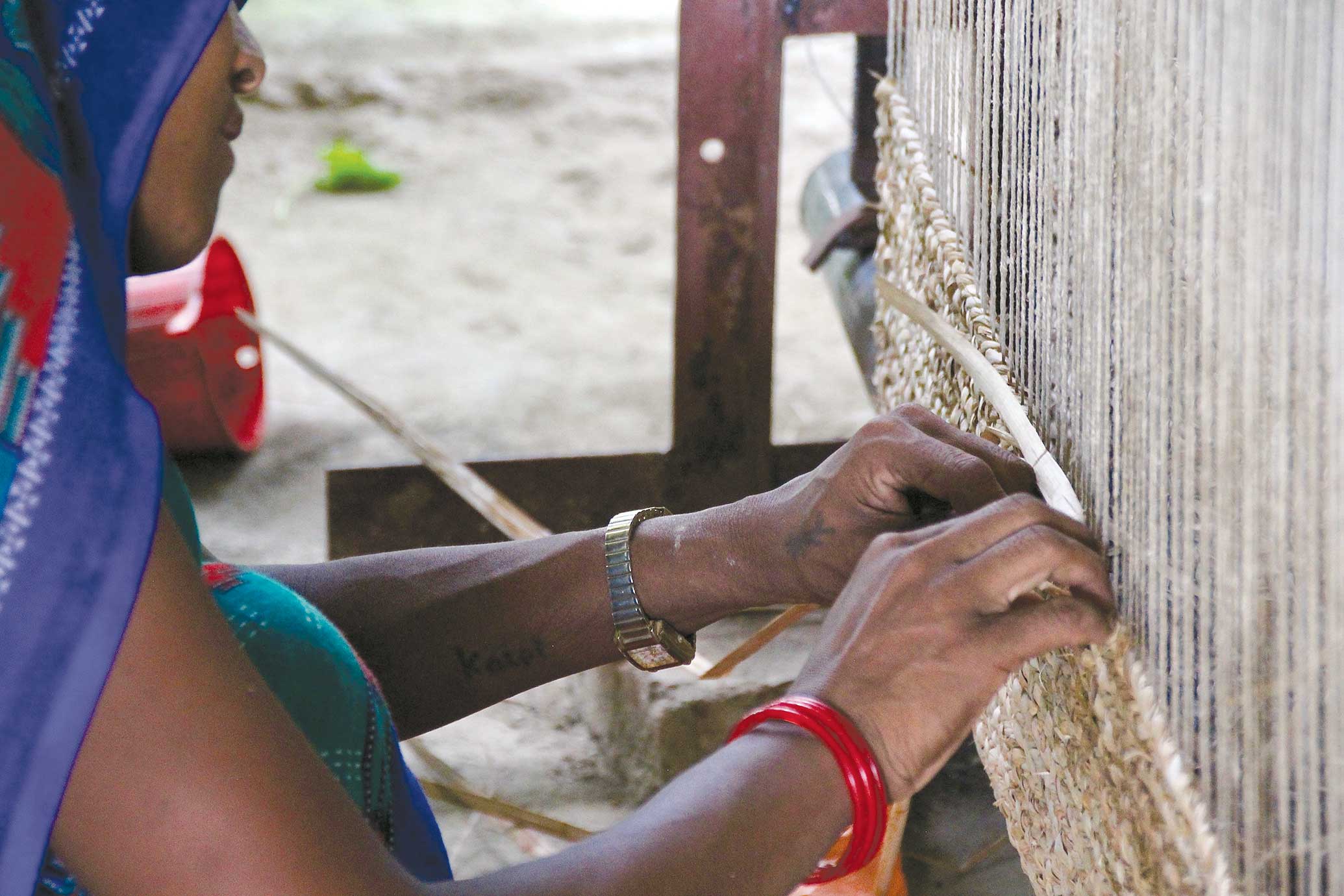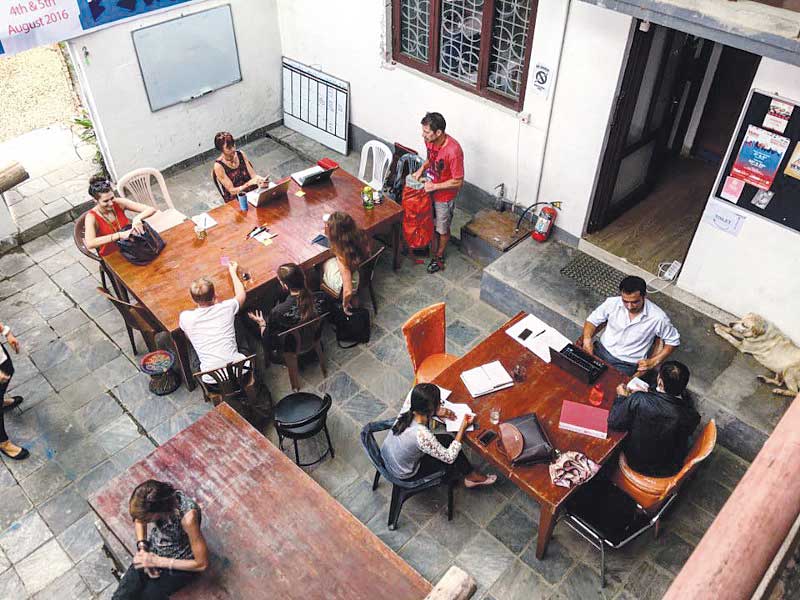The vast majority of anthropologists who have conducted and published research on Nepal have focused largely on traditional rural society. They’ve studied one or another ethnic group or village, or some aspect of traditional religion, the socio-economy, community-based resource management, issues of gender, and the like.
Only a few have taken urban society into their sights, and even more rarely have they looked at class formation and its maintenance as a social phenomenon worth examining and interpreting in depth. In Suitably Modern, the American anthropologist Mark Liechty breaks the mold and delves deeply into what he calls Making Middle-Class Culture in Kathmandu.
Because it is a scholarly study, some readers may balk at a discussion of social theory, upon which all anthropologists interpret their subject matter. Liechty, too, discusses the theoretical basis that guides his interpretation of the processes involved in forming and maintaining middle-class standards; but, fortunately, he is relatively brief (compared with other anthropologists whose tomes line my bookshelf).
Once past that, you’ll discover a highly readable and fascinatingly close look at becoming and the practice of being ‘Middle-Class’ and the creation of modern middle-class cultural space in Nepal. The key words here—process, practice, becoming, being and, later in this review, creation, expectation, conformity and display—give readers some clues to understanding how Mark Liechty examines and interprets the topic.
To grasp where the author is going in this book, I suggest that non-specialists/non-academics start with the final chapter, entitled ‘The Space of Class’. There, the key parts of the study are highlighted in an overview of the main findings. Then, go back and read the book from the beginning.
There are ten chapters, divided between five parts. Their titles are revealing. Part I, Introduction: 1. Middle-class construction, and 2. Modern Nepali history and the rise of the middle-class. Part II, Class and Consumerism: 3. Middle-class consciousness: “Hanging between the high and the low”, 4. Consumer culture in Kathmandu: “Playing with your brain”, and 5. “Doing fashion” in Kathmandu: Class and the consumer public. (Note the descriptive clichés he uses, as voiced by his informants.) Part III, Media Consumption in Kathmandu: 6. The social practice of cinema and video viewing, and 7. Media cultures: The global in the local. Part IV, Youth and the Experience of Modernity: 8. Constructing the modern youth, and 9. Modernity, time, and place: Youth culture in Kathmandu. Part V, Conclusion: 10. The space of class: Toward an anthropology of middle-class cultural practice.
This is an ethnography about a profound paradox whereby, the author writes, “a ‘Western’ model or image of modernity is simultaneously the object of intense local desire and always out of reach...” Liechty examines this paradox in various ways. For example, he looks at the place (or, increasingly and significantly, the non-place) of caste in the creation of class; how knowledge about class is passed (through film, video, magazines, and the mass media); and the expectations and often unattainable desires it creates. He contrasts traditional practice with modern class expectations.
He describes the growth of the middle-class (especially among Newars), and examines the contradictions that arise within families and the financial pressures of conformity. Doing or being ‘Middle-Class’ requires certain displays of compliance—what his informants call “doing fashion”—such as dressing in the accepted style, owning a big color TV, driving a fancy new foreign car, educating children in right schools, and so forth; in short, all the ways of competing and displaying under the push-and-pull pressures of being (or trying to be) a member of the modern ‘Middle-Class’.
He also describes how the middle-class has translated demands and expectations of traditional religion into ‘modern’ expressions, and how the expectation of inheriting gold (or other assets or real estate) at the death of one’s elders has switched to an early investment in the children’s education, with the implied responsibility to care for the elders after attaining a good job and amassing wealth of one’s own. The chapter on youth culture is especially important in understanding how class is expressed and processed in the pressurized modern context.
Mark Liechty posits several conclusions, too lengthy and detailed to elaborate here, but very readable and important to note (in Chapter 10, ‘The Space of Class’). Along the way he also gives his readers a snapshot history of how the former Rana leaders imported outside influences for themselves, but denied them to the masses; how New Road came into being as the most obvious symbol of middle-class expression in downtown Kathmandu (which, by now, some of the newer shopping malls may have eclipsed); and the rise of a vibrant entrepreneurship that is locally focused but globally inspired, which we see all across the valley and spilling over to other Nepalese towns and cities.
This insightful book is an important read for anyone intrigued by the creation and the contradictions of a globally-influenced yet uniquely Nepalese middle-class laid over a highly traditional socio-cultural base. The book is illustrated with photos, maps, a bibliography and anindex.
Published by Martin Chautari, Thapathali, Kathmandu, 2008 (©Princeton University Press, 2003). 292pp. Available for NRs 500 at Vajra Books in Thamel, Mandala Bookpoint on Kantipath, and other fine book stores in Nepal (approximately US $25 internationally, for the 2003 edition).


